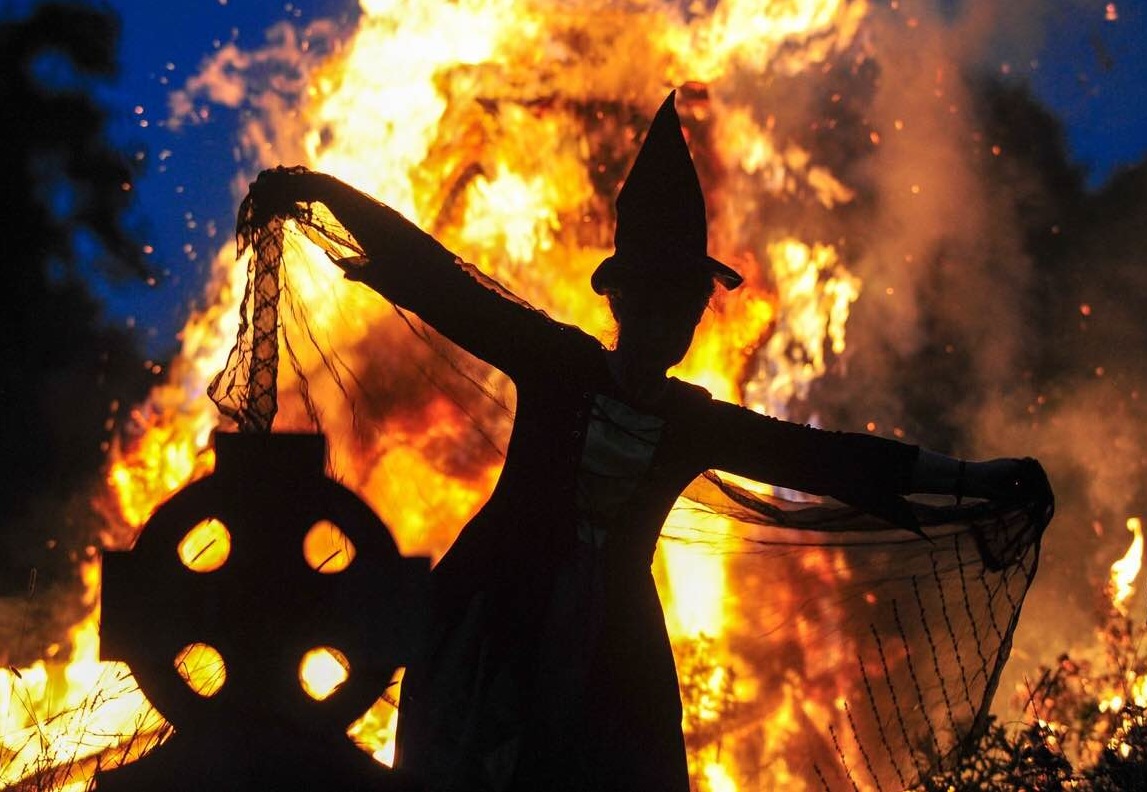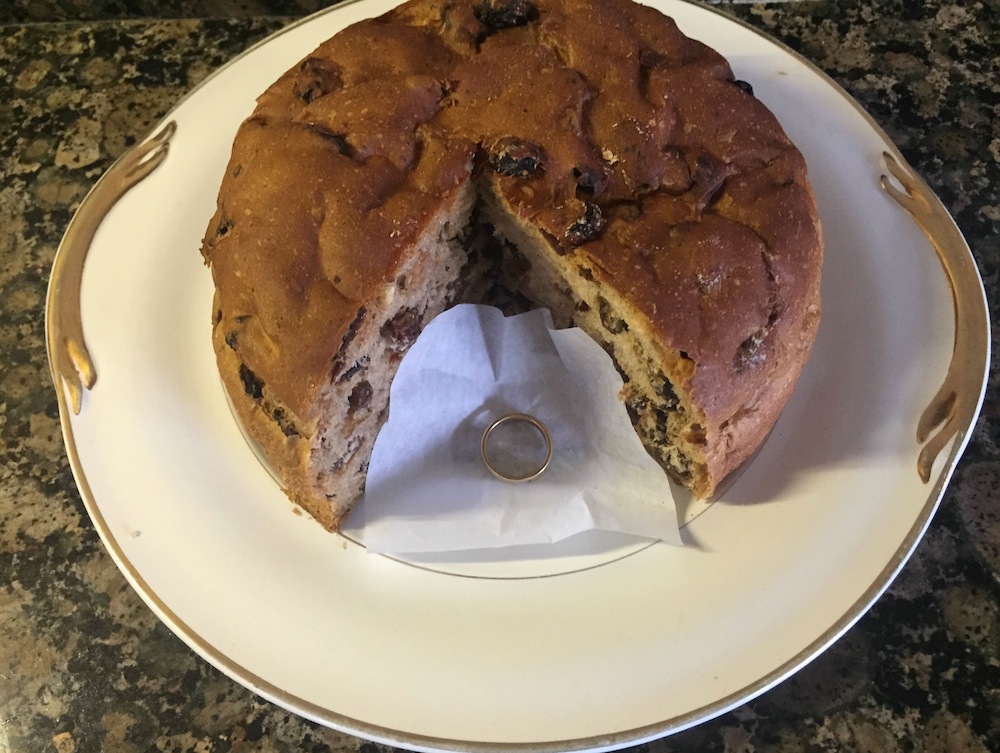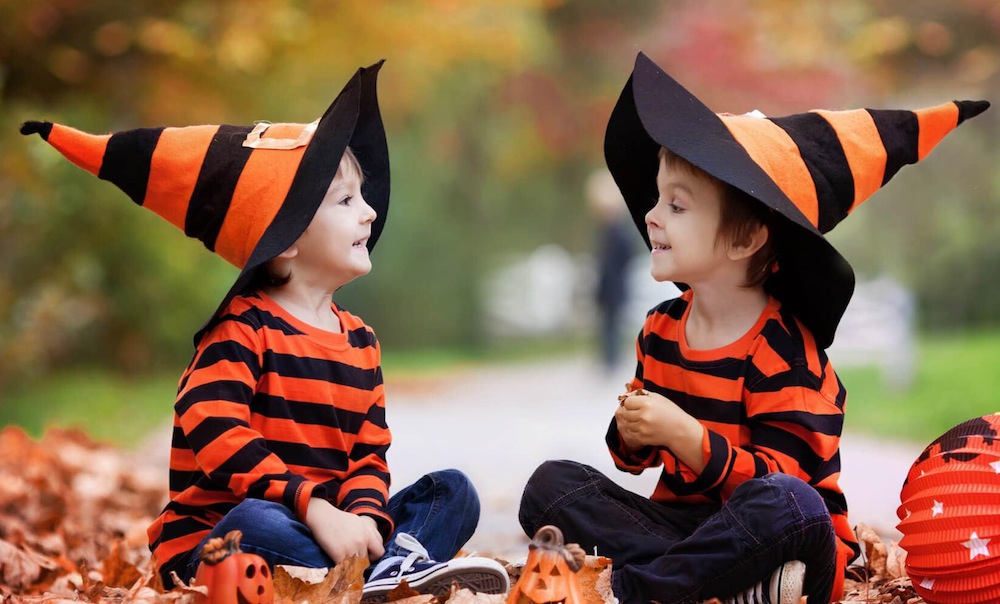NEW FOR 2017 - A guided Tour of Ireland with Susan Byron
Halloween in Ireland....
Halloween in Ireland is an adaptation of the much, much older tradition of Samhain, a pagan festival that was held in the deep mid-winter of Celtic Ireland, at a time when the land lay barren and dormant. Our ancestors believed that the Gods of the Earth controlled fertility so they paid homage to them with a kind of Bacchanalian feast in hope of a fruitful harvest the following year. It’s easy to see with hindsight how that ethereal crossover between the pagan Gods and the Spirit world got woven into the Christian tradition of All Hallow's Eve or All Soul's Day as we call it here in Ireland. Which the emigrant Irish took with them when they left these shores for America during the famine in 1845. What is harder to reconcile is the huge, commercial event it has morphed into all over the world, but then look what they did to Christmas?

Not that I want to be a kill joy, Halloween in Ireland is big business today with lots of free festivals especially for families and children including Galway Aboo! a clever play on words from the Irish 'Abú which means to win. And it is still a time of slowing down with long winter nights (the clocks go back this weekend) which means it's dark at 4pm, perfect for spooky goings on with bonfires to ward away evil spirits and children out trick or treating for nuts and apples (once upon a time) now it's more likely to be sweets. Unique to Ireland though is the tradition of barn brack which is a bready kind of fruit cake that is made at Halloween in Ireland. Hidden inside are wrapped coins (for wealth) and for one lucky recipient a ring which signifies that they will be next to be married.....

Something else that possibly originated in Ireland is the notion of witches. The most feared witch in Ireland is the Banshee, whose appearance near a household foretold of an imminent death within the family. Weeping and wailing by night, she struck terror into the people of rural Ireland while it could have just been the wind, who knows? Telltale signs, strands of wispy grey hair (sheep's wool) caught on in bush or on a fence were thought to be a sign that she had passed that way. Depending on local beliefs, a hovering blue light (perhaps bog gas) was thought to be another incarnation of the dreaded banshee... Progress in the form of the electric light was thought to have banished the fairies and frightened the banshee away at least on the Dingle Peninsula. Which no doubt brought some small comfort to the gloom and darkness of those remote wild places where the worst was easily envisaged on a cold dark Winter's night......

Other Celtic festivals, such as Imbolg-Spring, Bealtaine-Summer and Lughnasa-Autumn are being quietly rediscovered and revived here in Ireland. Funnily enough, in much the same tradition as our ancestors, but with a new and timely respect for the land, and our global environment. Brigit's Garden near Moycullen, County Galway heralds this new awareness, each of the ancient Celtic festivals named above are laid out in a series of gardens which reflect the changing seasons and the ancient traditions associated with them.
For more information of Irish Traditions click here.



